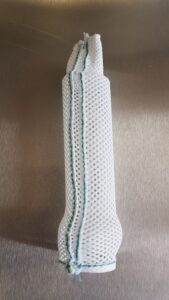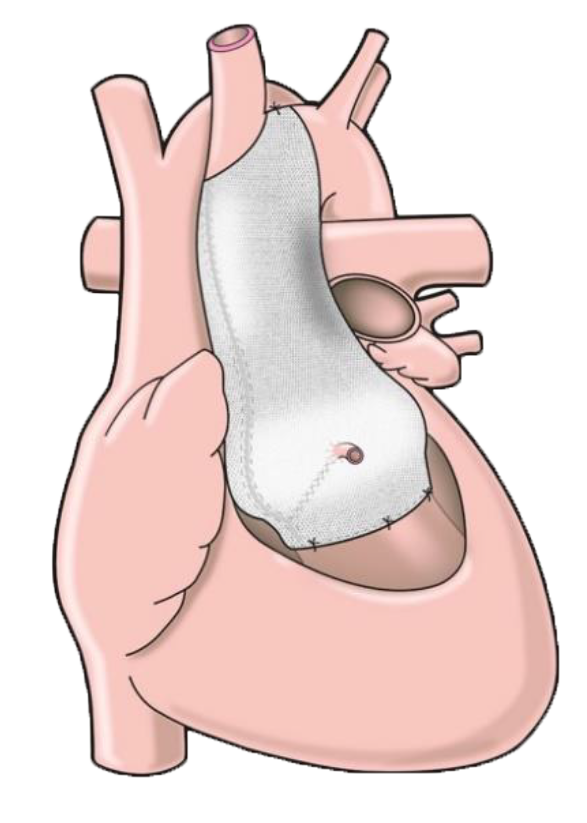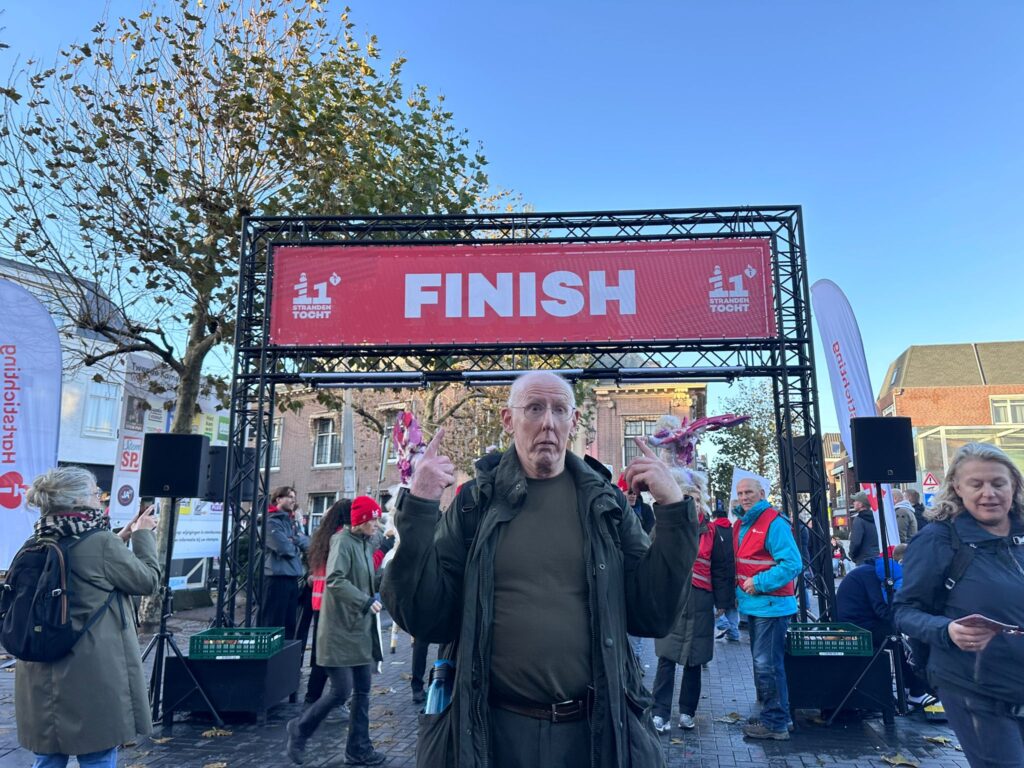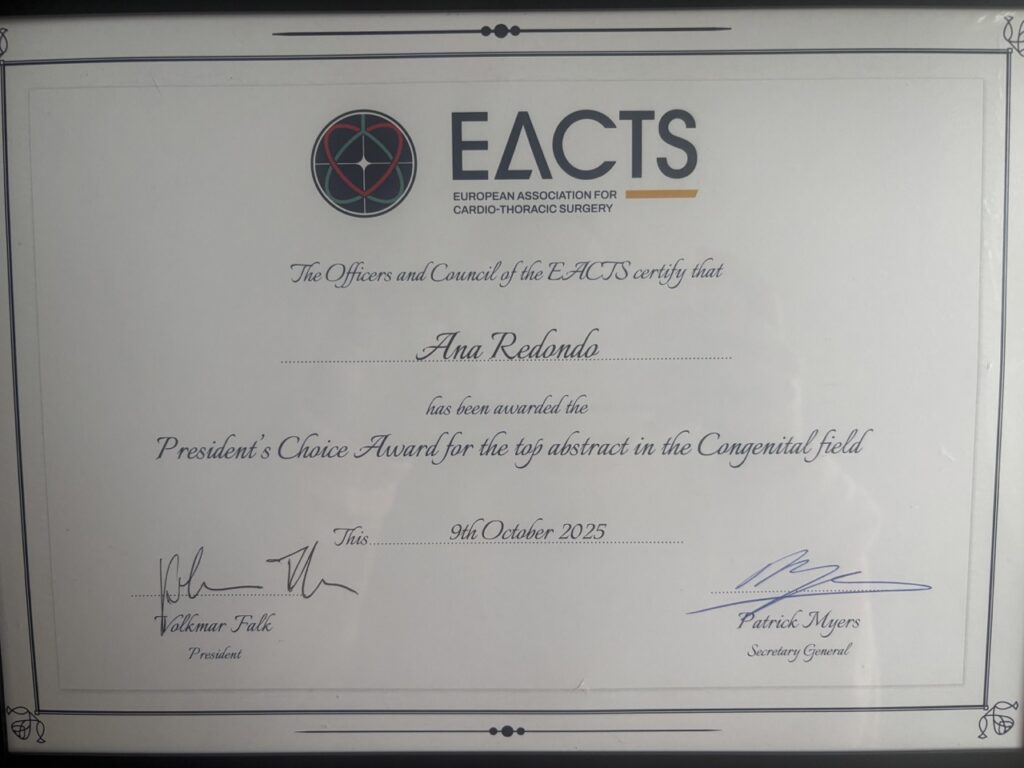 Exstent Ltd, developer and manufacturer of the ExoVasc® Personalised External Aortic Root Support (PEARS), has just announced that 200 patients have successfully undergone the innovative Ross-PEARS procedure.
Exstent Ltd, developer and manufacturer of the ExoVasc® Personalised External Aortic Root Support (PEARS), has just announced that 200 patients have successfully undergone the innovative Ross-PEARS procedure.
In the Ross-PEARS procedure, the pulmonary autograft involved in the Free Standing Root Ross procedure is supported by an ExoVasc® PEARS. Because the ExoVasc® PEARS prevents the dilation of the pulmonary autograft, this reduces the need for reoperation on the Pulmonary Autograft. This means the Ross-PEARS procedure enhances the long-term results of the Ross procedure, especially in young and middle-aged patients.
Victoria Sharpe, Managing Director of Exstent, said: “Two hundred patients represents a significant milestone for Exstent and for patient choice.”
Tal Golesworthy, founder of Exstent and inventor of the ExoVasc®, was the first patient to receive the device to treat his dilating aorta. He commented: “As well as the 200 Ross-PEARS patient milestone I celebrate the 21st anniversary of my own PEARS surgery this year. The past 21 years have been an interesting journey showing the power of real multi-disciplinary teams: in this case, a patient-engineer, CAD engineer, cardiothoracic surgeons, a cardiac morphologist, radiologists and cardiologists.”
The ExoVasc® PEARS is a custom-made device that is fitted around a patient’s diseased, dilated aorta (Aortic PEARS) or a pulmonary autograft (Ross-PEARS), in order to halt dilation.
The device and procedure were originally developed to provide an alternative to valve sparing root replacement and total root replacement in patients with aortic dilation due to Marfan syndrome. Since then, its use has extended to manage aortic dilation in other conditions. In total, 1,229 patients have received the device, including the 200 patients who have undergone the Ross-PEARS procedure.
Patients have been invited to have annual cardiac MRI and none have reported any sign of further dilatation, where the device has been correctly implanted. This demonstrates stability of the aortic dimensions and aortic morphology within the ExoVasc® implant over a significant period.
Not only does the ExoVasc® PEARS implant become incorporated into the adventitia, but the media within the implant recovers. This is entirely consistent with the repetitive tensile load having been removed from the media and handled by the implant. (See European Journal of Cardio-Thoracic Surgery: Histology of a Marfan aorta 4.5 years after personalized external aortic root support, November 2014.)
Surgical evidence from a number of patients undergoing surgery after their PEARS surgery suggests that the textile/living tissue composite that is created around the ExoVasc® PEARS some months post PEARS surgery is amenable to normal surgical cutting techniques and should present no barrier to follow-up surgery on the aorta.
PEARS surgery is available in over 40 centres and 17 countries globally.






